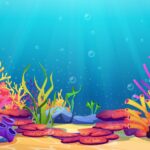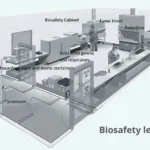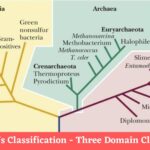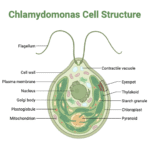Cell Biology 16 Views 1 Answers
Sourav Pan🥇 GoldAugust 21, 2024
What animal cell?
What animal cell?
Please login to save the post
Please login to submit an answer.
Sourav Pan🥇 GoldMay 15, 2025
An animal cell is a type of eukaryotic cell that makes up the tissues and organs of animals. Here are some key characteristics and components of animal cells:
Key Characteristics of Animal Cells:
- Eukaryotic Structure: Animal cells are eukaryotic, meaning they have a defined nucleus and membrane-bound organelles.
- Lack of Cell Wall: Unlike plant cells, animal cells do not have a rigid cell wall. This allows them to have a more flexible shape and greater ability to change form.
- Presence of Organelles: Animal cells contain various organelles that perform specific functions, such as mitochondria for energy production, the endoplasmic reticulum for protein and lipid synthesis, and the Golgi apparatus for modifying and packaging proteins.
Major Components:
- Nucleus: Contains genetic material (DNA) and controls cellular activities through gene expression.
- Plasma Membrane: A semi-permeable membrane that surrounds the cell, controlling the entry and exit of substances.
- Cytoplasm: The jelly-like substance within the cell membrane that houses the organelles and facilitates intracellular processes.
- Mitochondria: Known as the “powerhouses” of the cell, they generate ATP (energy) through cellular respiration.
- Endoplasmic Reticulum (ER):
- Rough ER: Studded with ribosomes, involved in protein synthesis and processing.
- Smooth ER: Involved in lipid synthesis and detoxification.
- Golgi Apparatus: Modifies, sorts, and packages proteins and lipids for transport.
- Lysosomes: Contain digestive enzymes that break down waste materials and cellular debris.
- Centrioles: Involved in organizing microtubules during cell division and facilitating the separation of chromosomes.
- Vacuoles: Animal cells typically have smaller vacuoles compared to plant cells. They are involved in various functions such as storing nutrients, waste disposal, and maintaining turgor pressure.
- Cytoskeleton: A network of protein filaments and tubules that provides structural support, facilitates cell movement, and helps in intracellular transport.
Overall, animal cells are designed to perform a wide range of functions necessary for the growth, repair, and maintenance of animal organisms.
0
0 likes
- Share on Facebook
- Share on Twitter
- Share on LinkedIn




